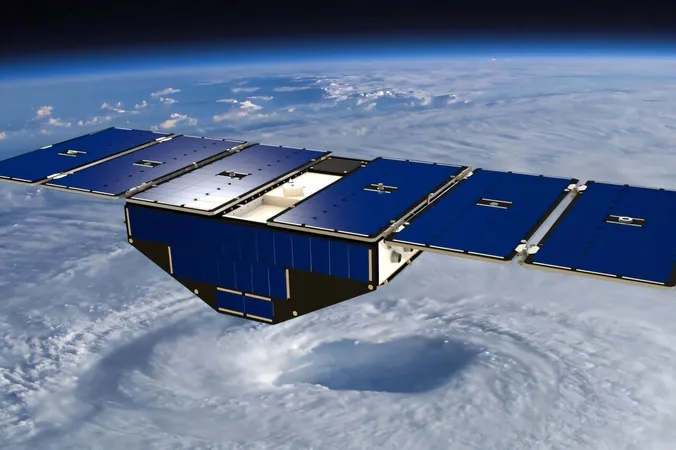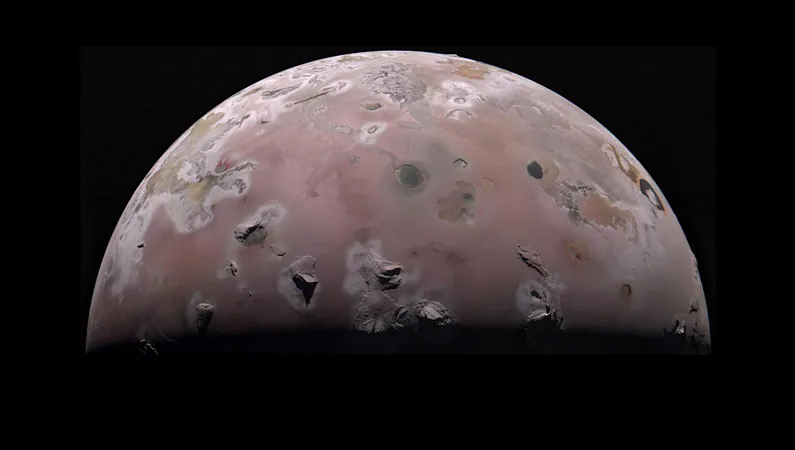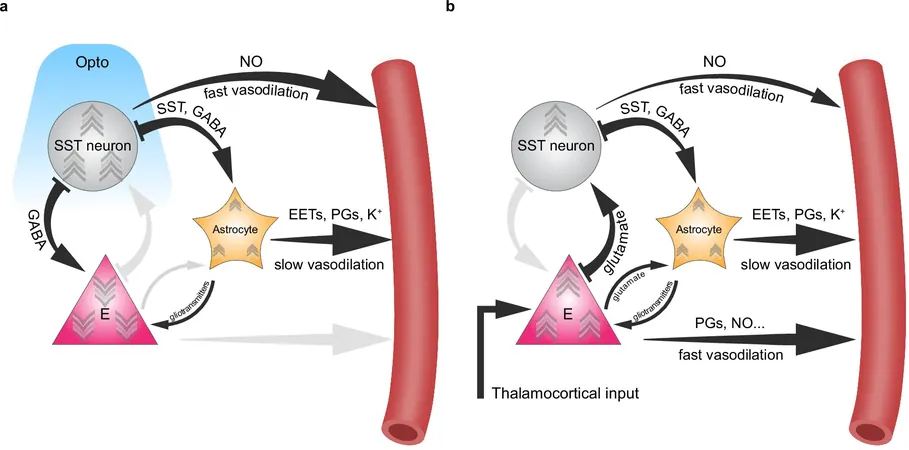
Shocking Discovery: Tropical Wetlands NOT to Blame for Methane Spike!
2025-07-08
Author: Ming
Between 2020 and 2022, atmospheric methane levels skyrocketed, sparking fears that tropical wetlands were responsible for the surge. However, groundbreaking research from the University of Michigan reveals a startling truth: tropical wetland emissions are not the culprit!
Warmer, wetter tropical regions often lead to increased methane production due to decomposing organic matter. This creates a concerning feedback loop, where more methane results in higher temperatures and increased rainfall, further accelerating decomposition. Yet this recent study, published in Communications Earth & Environment, definitively shows that the rise in methane cannot be traced back to tropical wetlands.
Research lead Ying Xiong challenged the long-held assumption that tropical wetland emissions drove the methane spike, stating, "Our work challenges the established view that the recent methane surge was primarily caused by tropical wetland emissions."
Xiong elaborated that essential hydrological variables—like inundation, precipitation, and terrestrial water storage—didn’t trigger the methane increase observed between 2020 and 2022. This suggests that something else is at play.
Methane, the second most abundant greenhouse gas after carbon dioxide, has been linked to about a third of the total 1.2°C warming since preindustrial times. While it’s much more effective at trapping heat, methane degrades faster in the atmosphere, transforming into water vapor and carbon dioxide over a decade.
Before the spike, atmospheric methane levels grew steadily at a rate of about 7.3 parts per billion (ppb) from 2007 to 2019. This accelerated dramatically to an astonishing 14.8 ppb in 2020, peaking at 17.7 ppb in 2021 before settling at 13.1 ppb in 2022.
The potent gas originates from both natural sources—especially wetlands—and human activities, including fossil fuel extraction and agriculture. While wetlands contribute around 30-40% of global methane emissions, measuring these emissions accurately remains a challenge, due to dense vegetation and cloud cover.
To tackle this issue, the research team employed the Cyclone Global Navigation Satellite System (CYGNSS)—originally designed for NASA hurricane studies. Instead of directly measuring methane, CYGNSS analyzes GPS signal reflections to distinguish between dry land and water.
Co-author Eric Kort emphasized the satellite's unexpected capabilities, noting, "Our work with CYGNSS shows how measurements of Earth from space can provide critical insights beyond designed mission capabilities."
The research generated a precise map of tropical inundation, revealing that neither wetland flooding nor rainfall were primary drivers of the methane spike. This leads scientists to reconsider potential other contributors such as agricultural emissions, waste management, or climatic factors like temperature and soil organic carbon availability.
With such revelations, the focus now shifts away from wetlands as the primary suspects in the methane surge—who knew there was so much more to uncover?



 Brasil (PT)
Brasil (PT)
 Canada (EN)
Canada (EN)
 Chile (ES)
Chile (ES)
 Česko (CS)
Česko (CS)
 대한민국 (KO)
대한민국 (KO)
 España (ES)
España (ES)
 France (FR)
France (FR)
 Hong Kong (EN)
Hong Kong (EN)
 Italia (IT)
Italia (IT)
 日本 (JA)
日本 (JA)
 Magyarország (HU)
Magyarország (HU)
 Norge (NO)
Norge (NO)
 Polska (PL)
Polska (PL)
 Schweiz (DE)
Schweiz (DE)
 Singapore (EN)
Singapore (EN)
 Sverige (SV)
Sverige (SV)
 Suomi (FI)
Suomi (FI)
 Türkiye (TR)
Türkiye (TR)
 الإمارات العربية المتحدة (AR)
الإمارات العربية المتحدة (AR)